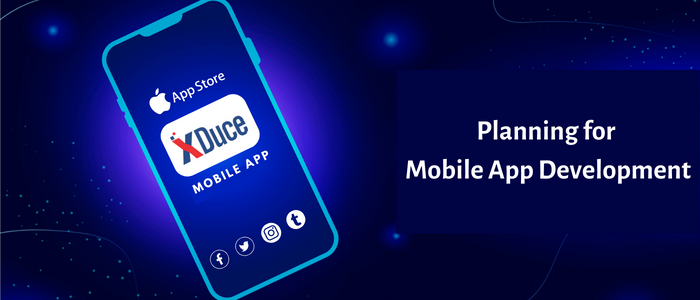Mobile app development has seen something of a boom in recent years. Many new start-ups and businesses have been built on the foundation of a mobile app, both large and small. Among these businesses, there are the few who positively stand out because of their unique features or usability — which is why, even in an overcrowded environment, they still manage to pull ahead and attract more customers.
Yes, bringing your enterprise’s services to mobile devices presents several opportunities, but it also increases the challenges of maintaining and supporting a large number of native client-side apps. To reduce costs and the IT burden of supporting multiple device SDKs, many enterprises have adopted a flexible hybrid mobile application strategy. Hybrid applications leverage standard web technologies for rendering the user interface but use native features for accessing device-specific functionality.
One of the first challenges enterprises must resolve when implementing mobile apps is deciding on the right set of technologies and tools. The platforms in play include HTML5, iOS, Android, and others. Enterprises must find a way to bring disparate skill sets together to build a mobile app.

Choosing a Mobile App Development Approach
Apps are a great way to extend the reach of your business. They give you an opportunity to reach new customers, especially those who prefer mobile devices. And that’s why you need a mobile application development approach that would work for your app.
When you are choosing a development approach, there are several factors that you need to consider — requirements, budget, and timeline. These factors will determine the choice of tools, techniques and even the platform for development.
Defining Target Audiences and App Concepts
If you are building a mobile application, defining your target audience and the context of each use case is imperative. Your application will be different depending on whether it is being used inside of a business setting or in a consumer setting. To start, ask yourself what your primary user base will be. Will it be business users or consumers? The type of experience that your users have will help define fundamental components of the application.
Secondly, there is a lot you have to take into consideration when defining your app concept. This also depends on how you want to sell your product and what you are willing to invest in its development. If you are planning to create an app that is going to be used by multiple people, it is always a good idea to start defining what your app will do. Before you can even decide how your app will turn out, you need to nail down the concept for the app.
Budget and ROI (Return on Investment)
For many companies, the challenge of mobile is not whether to tackle it but figuring out how much to invest. In some cases, companies might weigh budget versus ROI, even in terms of dollars earned per hour. For instance, developing an app that could take a year to build could produce a nice profit in the end — but then again, you’ll have to set aside a lot of paid hours for just that one idea.
The best way to develop mobile applications that can have a positive influence on a company’s revenue generation is to start by assessing the applications’ potential using cost, revenue, and revenue-generating potential calculators.
App Usage
The goal of this requirement is to understand how often our application is used, by whom, and where in the world the users are located. Some mobile applications are used more often than others. How often people use your application is a key factor to consider when planning the development. For example, some applications are just used from time to time (such as social media) so you want to make sure there are no bugs or defects that are causing users to leave and never come back (which would be bad for business). In fact, some business applications are not looked at more than once or twice in a year, but you still have to make sure that it works when that person needs it!
Cross-Channel Use
Imagine a world that is so interconnected that you can start a sales transaction with your mobile phone and finish it using your laptop. That’s the impetus behind business context and multi-channel integration. When you design an application, consider how easy it is to move that business context across channels from an integration standpoint.
Business Factors and Context
When it comes to mobile app development, industries often have different standards. Business factors are typically a telling gauge for the style of development.
On the one hand, developers want to build a fully native application and have the same experience for all users. On the other hand, using this approach in industries with many use cases can mean building a lot of functionality, leading to an expensive application that requires a lot of development time and maintenance going forward. The question becomes how do businesses evaluate which approach is best? As the number of available developer tools and services increase, businesses can implement strategies to make this process easier. Much like data analysts looking at factors like geographic location, industry, and SaaS vendors to help solve business problems in real-time, apps can be built to think about similar factors along the way.
That is to say, the rapid growth of Mobile Apps and the importance that it is placed under has also brought along some challenges for developers. Mobile App Development is kind of similar to software development but includes numerous factors which change the way an app must be developed. The best mobile app development companies are aware of these challenges and deliver effective solutions to them. At XDuce, we have experts in the mobile app development field with years of experience who understand your requirements and help you create your dream mobile application by addressing all critical elements.